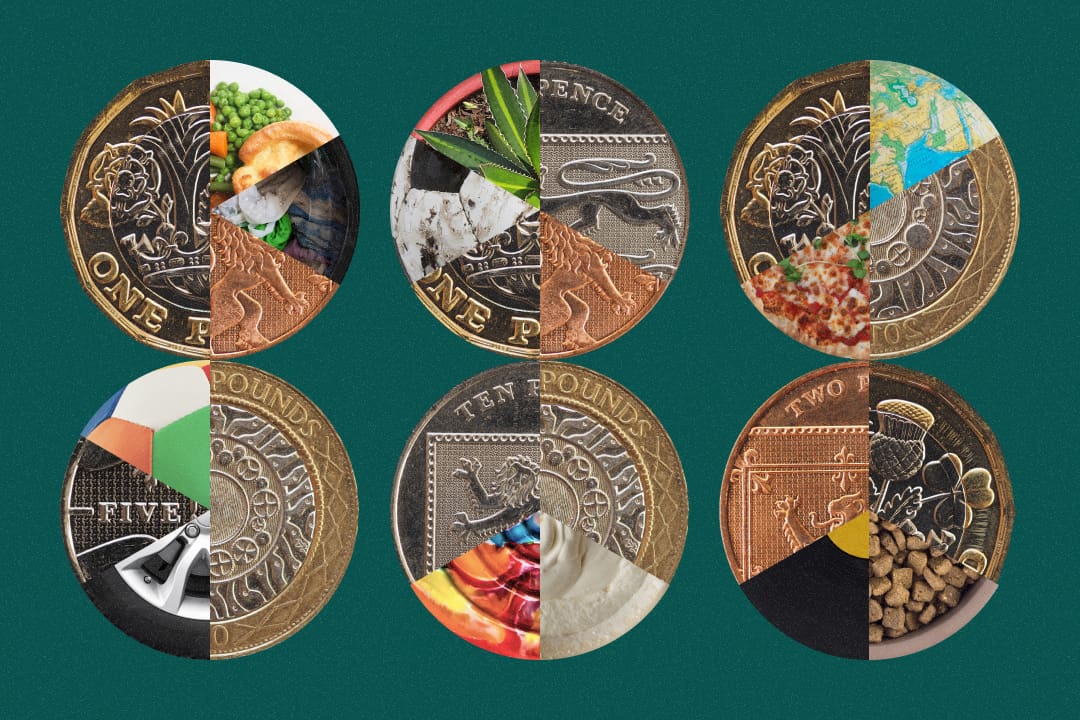
Joint spending
Couples: is there a right way to pool your money?
By Ali Colthurst
How Much Does It Cost?
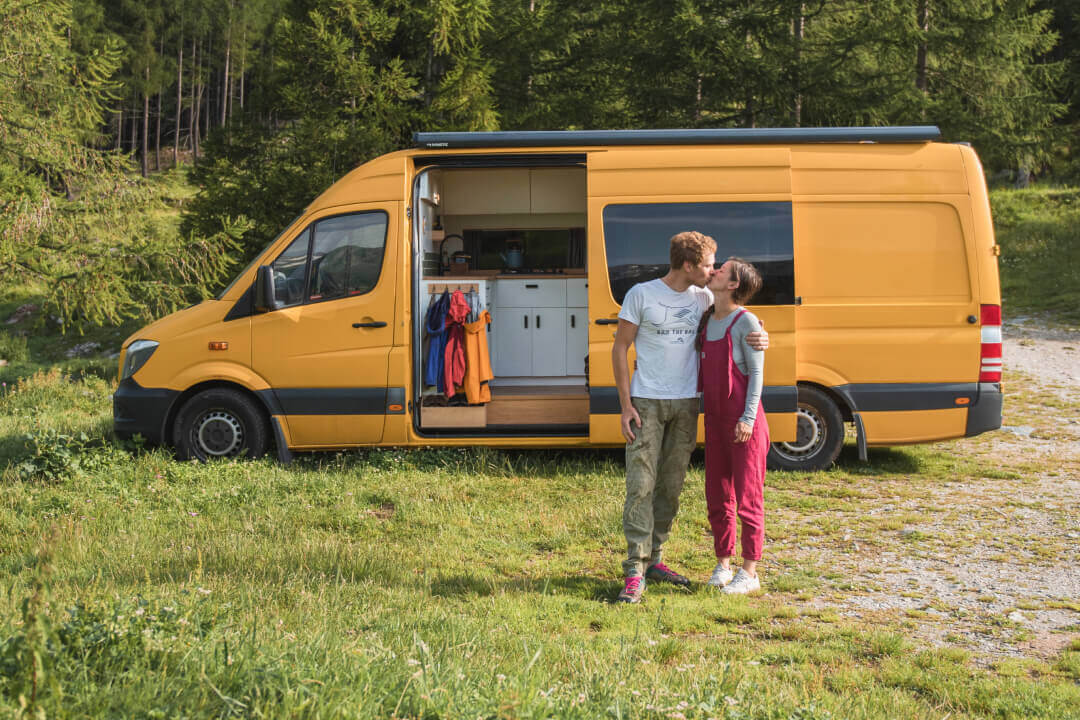
Five years ago, we kicked off our January with a number of New Year's resolutions:
Buy a van
Convert it into a home on wheels
Quit our jobs
Travel the world
Step one went well. After a bit of research and a few test drives, we got the keys to a bright yellow, ex-DHL delivery van for £8,800. We called it Ringo.
Step two – converting the van – took us just over a year and cost just under £10,000. We did everything ourselves, documenting our progress on our Instagram account (@nohmaadventure) and passing on tips and tricks as we went.
We finished the van days before the UK went into lockdown, which really put the brakes on steps three and four. So we used the time we would have spent commuting, and the energy we would have spent planning our routes, to write a book: The Van Conversion Bible. Our aim was to create a manual that would answer the hundreds of questions we'd had when converting our van, and the hundreds more we'd received from our Instagram followers (current following: 87k).
One question we're asked a lot: how much does it cost? The answer, of course, depends on the finish you're aiming for, how much work you do yourself and what you want your van to include e.g. a shower, a gas stove or (in our case) a Belfast sink.
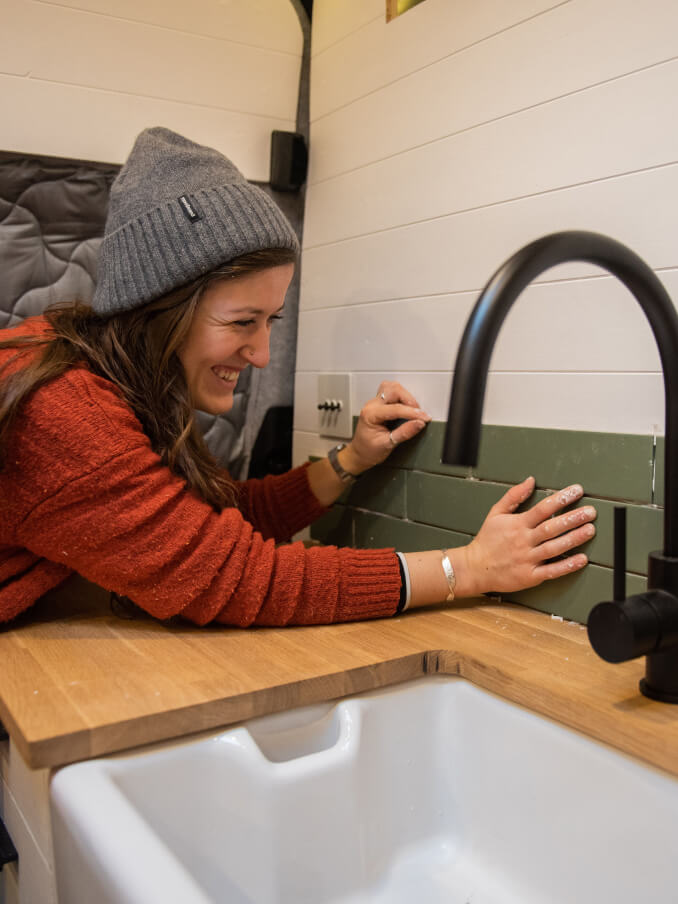
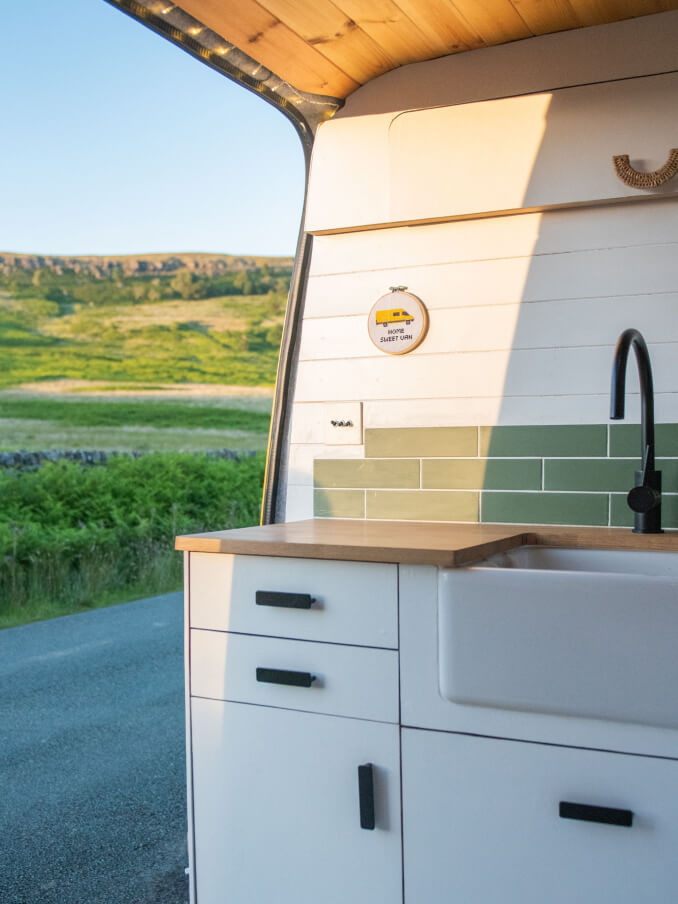
Even so, it's always useful to have a reference point, which is why we wanted to share the cost of converting our van and highlight why we chose to prioritise certain elements over others. It's worth noting that we bought our base van and did our conversion back in 2019/2020. Since then, prices have gone up significantly. If we were to get the same base van with the same mileage today, we'd be paying 50% more, while the conversion would cost about 25% more, in line with inflation.
| Base vehicle | £8,880 |
| Electrical system (includes upgrades to batteries and chargers) | £4,289 |
| Kitchen and seating area | £1,228 |
| Gas and heating system | £743 |
| Cladding and flooring | £724 |
| Windows, vents and other exterior items | £611 |
| Water system (including outdoor shower) | £423 |
| Insulation | £376 |
| Decorating and furnishing | £343 |
| Bedroom | £295 |
| Security | £177 |
| Total | £18,089 |
|---|
The total build cost for us, after we'd got the van, was £9,209. This is more than most people spend (in our 2021 Camper van conversion survey, we found that the average conversion cost was £4,600). But then again, most people don't live in their van so don't need to spend as much on things like the kitchen or electricity system.
The costs above also don't take into account the hours we spent converting the van (we found that it takes an average of 445 hours). We saved thousands by doing the conversion ourselves – paying a professional can cost an eye-watering £40,000!

We also haven't included the tools we used – we had most of what we needed already. And if we bought a new one, we saw it as an investment, knowing that we'd use it for years to come, long after the van was finished.
If you're converting a van, it's a very good idea to make sure you don't go over the 3.5 tonne limit. If you do, you'll need to upgrade your driving licence (this will involve costly lessons of £50-£100 per hour and a test taken in a lorry!). You'll also need a gross vehicle mass (GVM) upgrade, which will involve upgrading the suspension (this can cost anywhere from a few hundred pounds to a few thousand). Keeping your van on the light side is also better for fuel consumption, and therefore running costs and the environment.
With this limit in mind, we made our kitchen out of plywood (£50) and bought drawers from IKEA (£91), rather than trying to fit pre-made, heavy units. We bought our cladding from a local timber merchant (£376), rather than cladding the van in reclaimed materials, which often adds a lot of weight.
We also bought locally when it came to our wood, not to save weight but to save money – it was about half the price of wood in a big hardware chain, and much better quality.
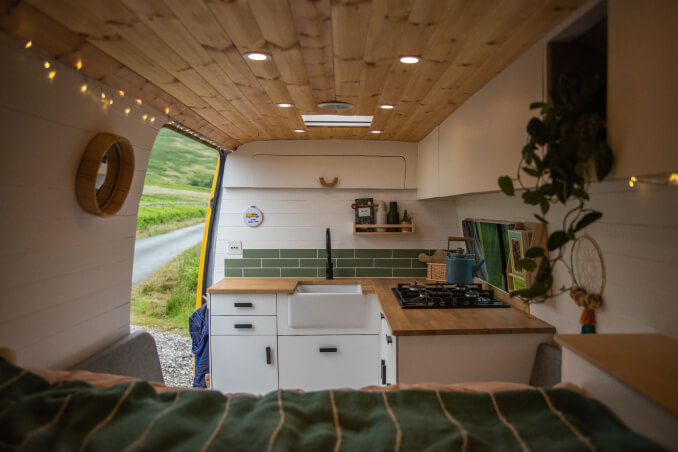
We saved a lot of money by sourcing various things second hand, through Gumtree, eBay or Facebook Marketplace. For example, you don't usually need much flooring for a van because the space is so small. So it's easy to scoop up leftovers from people doing up their house – this was how we got our oak flooring (£40).
We also set up alerts for the most expensive items we knew we'd need, such as a camper van friendly fridge. The fridge you see in most camper vans is the Dometic Waeco CRX50, which usually comes with a big price tag (up to £835). Thanks to the alerts, we got ours for less than half price (£365), basically brand new.
The most expensive part of our conversion was our electrical system. It's a complicated thing to get right by yourself and it's not one size fits all – some people have very basic usage, whereas others will have much higher power requirements, such as using hairdryers and an induction hob. We wanted ours to be relatively high spec – our van is now our home, so it needed to be robust. After doing the initial fit, we decided to upgrade our batteries and our DC-DC charger – a choice that's been well worth it.
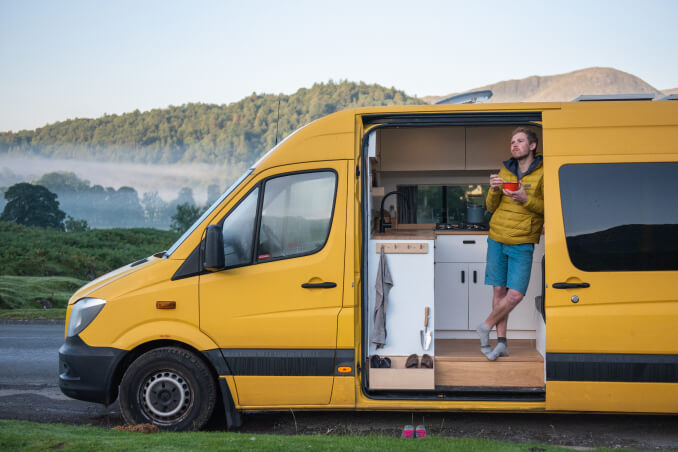
Once we'd written our book and moved into our camper van, our online audience kept growing, with people asking more technical questions. So the next logical step for us, with backgrounds in physics and engineering, was to start helping others with the design of their electrical systems. We went on to develop a piece of software that takes people's requirements for their van and outputs a bespoke electrical system for them (costs typically range from £1,700-£6,500).
This software has become the backbone of our business, Nohma, which we run as a nomadic team of 14. All of us live and work from camper vans, boats and off-grid houses, powered by the very electrical systems we design. Our customers often share our nomadic lifestyle. As well as designing systems for campervans, we've also helped people build mobile businesses – hairdressers, a hotel on wheels, even a recording studio!
When we first planned to quit our jobs, we thought it would be to travel, not to run a business. In the end, it was to do both. Our latest trip has been a year-long adventure through the States, Mexico and South America, which included us tying the knot in Yosemite National Park and honeymooning in Baja California.
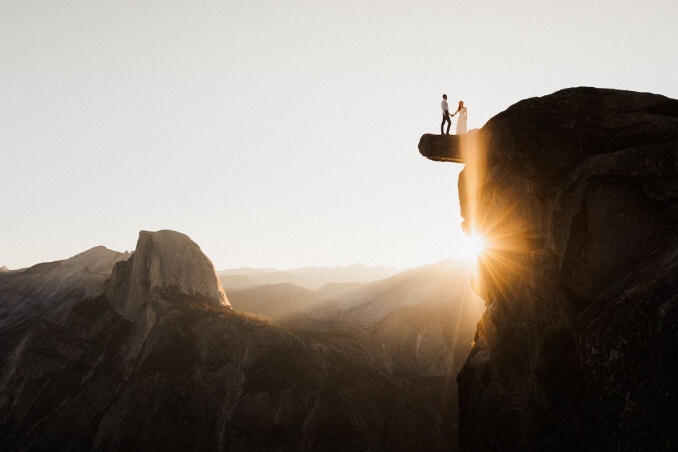
During that time, we've grown Nohma into a service that's a go-to for anyone converting a van. Up next? This year we're staying a little closer to home, exploring Germany, France and Spain, and (hopefully) scoring a hat trick at the Great British Entrepreneur Awards as Service Provider of the Year!
With Starling, you’ll get free Spending Insights to see exactly what you’re spending on your van conversion.
Explore our current account
Joint spending
By Ali Colthurst
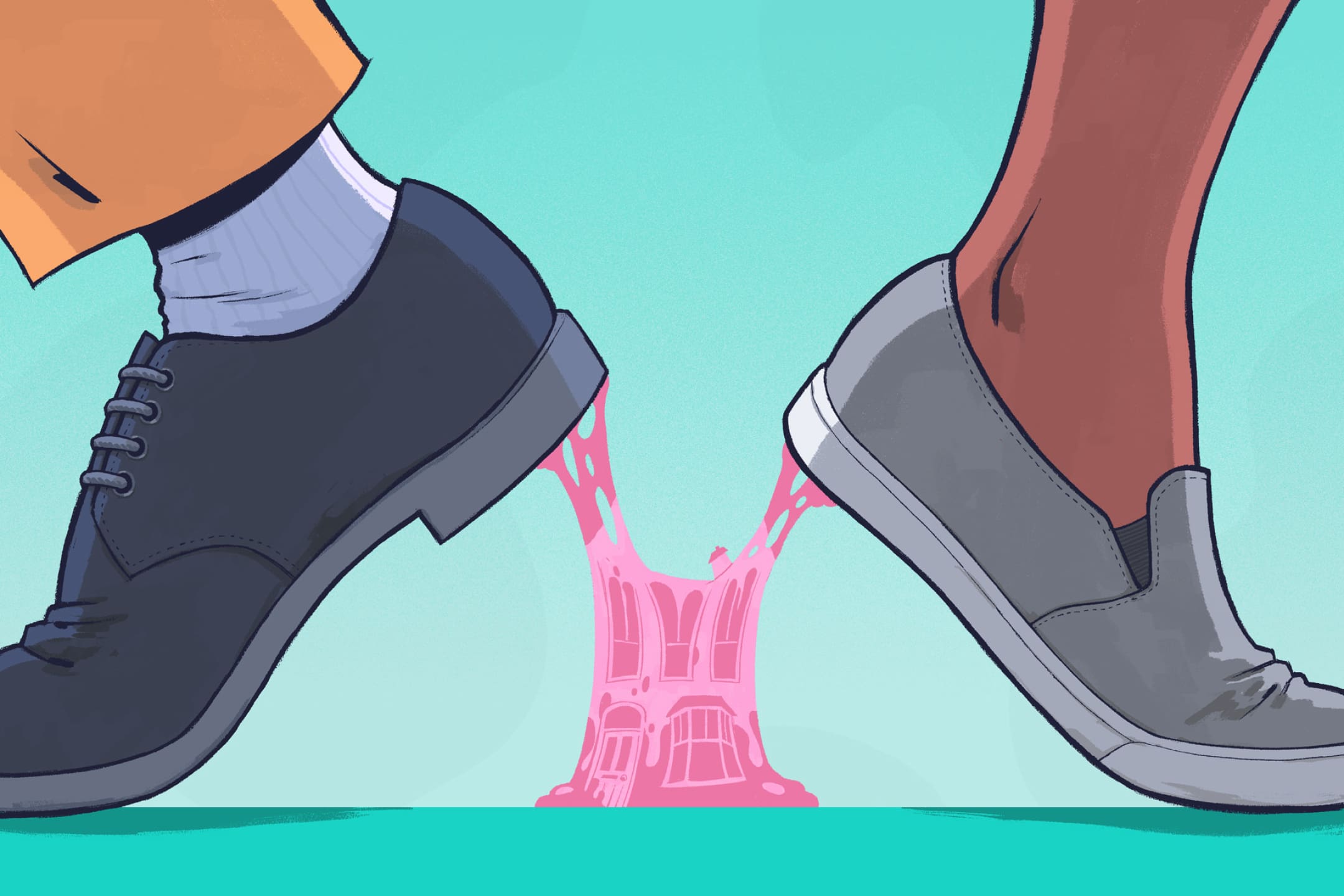
For What It’s Worth
By Anonymous contributor
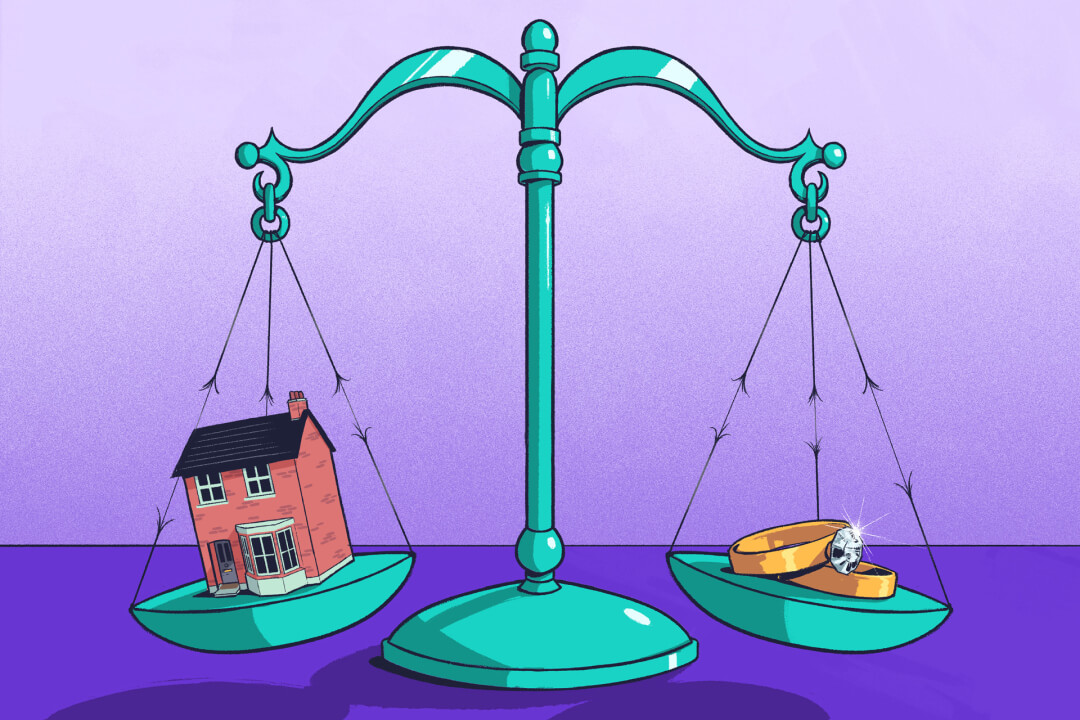
For What It’s Worth
By Anonymous contributor
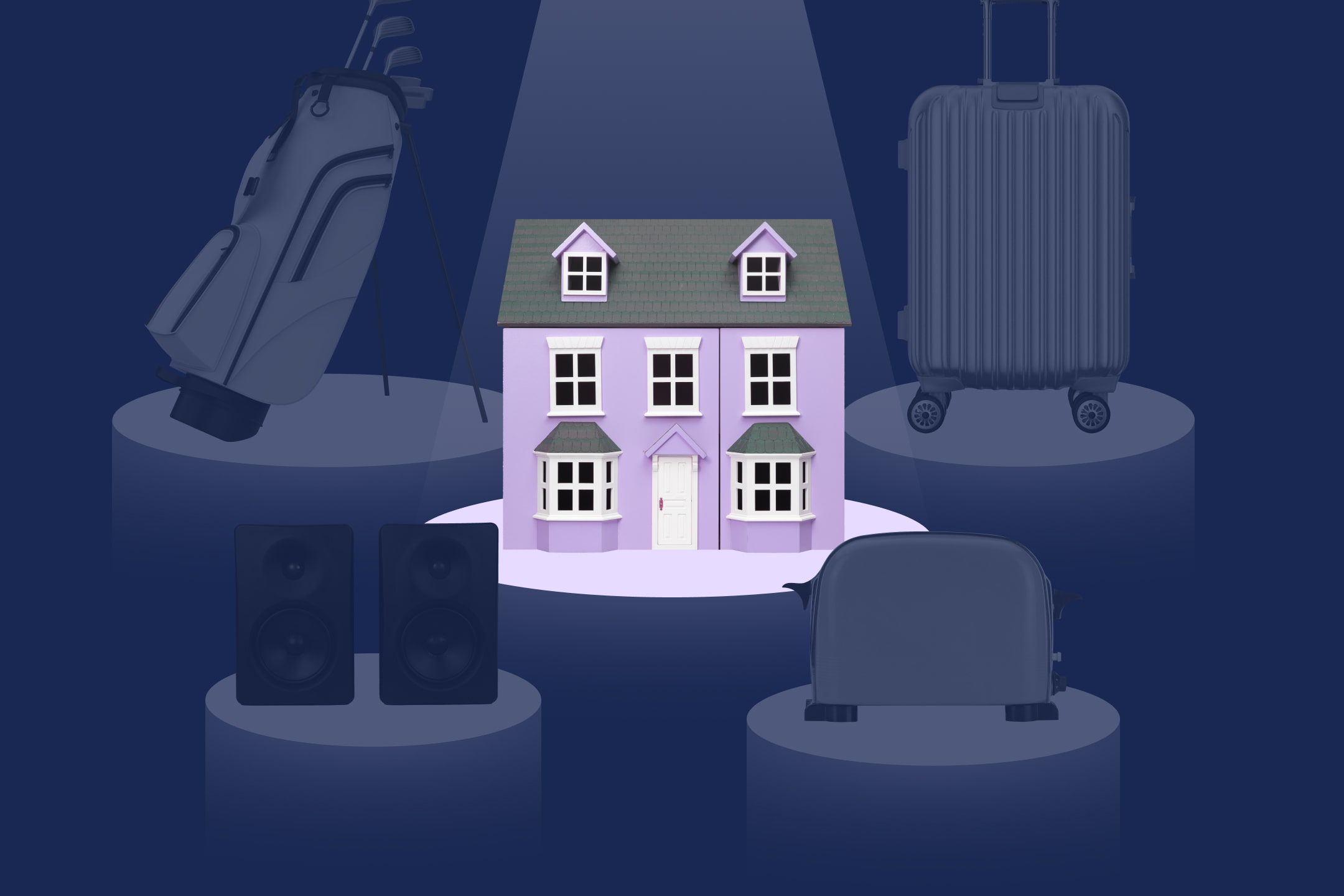
Money truths
By Mike Rampton